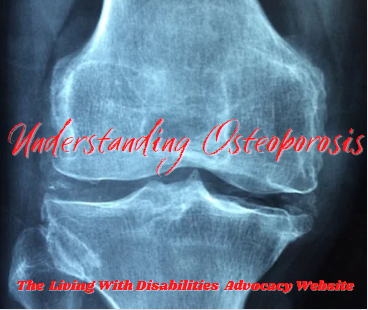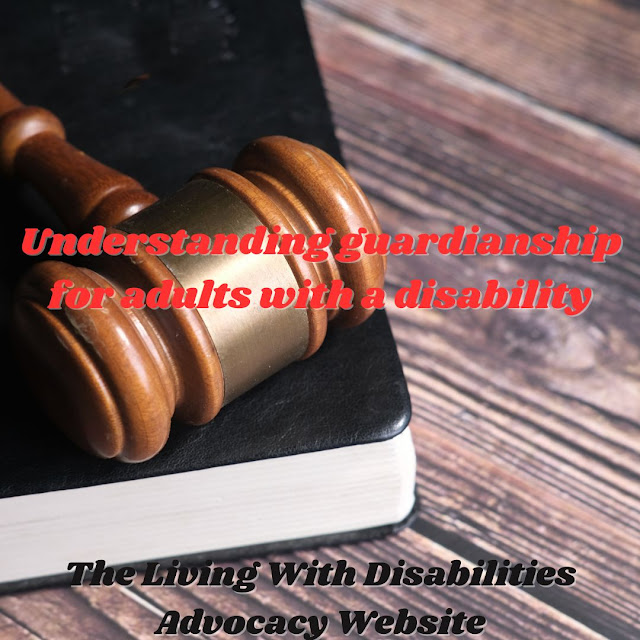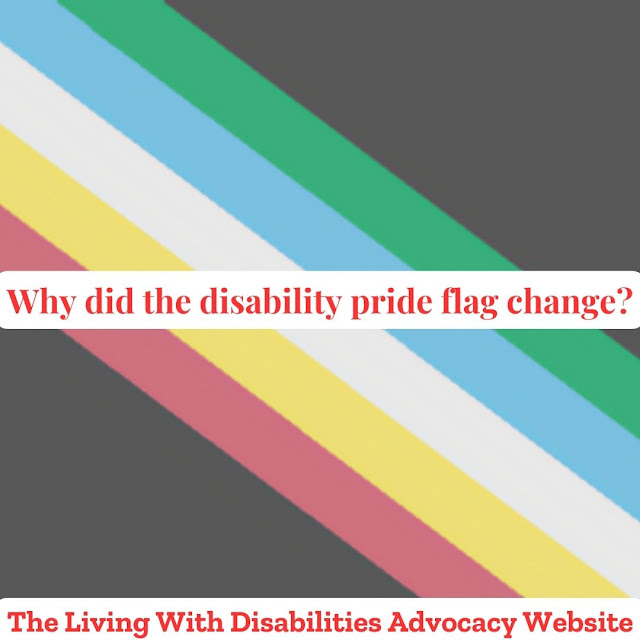Understanding Osteoporosis
First, welcome to the Living With Disabilities Advocacy Website. It's run by none other than Katrina Smith, who's a person with a learning disability. Her mission behind Living With Disabilities is to bring awareness to all people with disabilities.
Today, Living With Disabilities wants to talk about osteoporosis. And this article will be broken into two-part sections.
Living With Disabilities would like to begin by giving you an outline of osteoporosis. Osteoporosis causes bones to become brittle and weak, to the point where even minor stresses, such as bending over or coughing, can result in a fracture. Osteoporosis-related fractures most commonly occur in the hip, wrist, and spine.
Bone is a living tissue that constantly breaks down and replaces itself.
What causes Osteoporosis? Osteoporosis develops when the production of new bone does not keep up with the loss of old bone.
Osteoporosis is a disease that affects men and women of all racial backgrounds. White and Asian women, especially those over the age of menopause, are the most vulnerable. Asian women are more likely to develop osteoporosis than women from other ethnic groups because they are thinner and have lower bone density. Bone loss can be prevented or strengthened with the use of medications, a healthy diet, and weight-bearing activity.
Symptoms
Typically there are no early signs of bone loss. Once your bones have been compromised by osteoporosis, you may experience the following signs and symptoms:
- Back pain is caused by a fractured or collapsed vertebra.
- Height loss over time.
- A stooping position.
- A bone that is significantly more easily broken than expected.
If you went through early menopause or used corticosteroids for several months at a time, or if either of your parents had hip fractures, talk to your doctor about osteoporosis.
Causes
Your bones are constantly being renewed, with new bone being formed and old bone is broken down. Your body generates new bone faster than it breaks down old bone when you're young, so your bone mass grows. This process slows after the early twenties, and most people reach their peak bone mass by the age of thirty. Bone mass is lost faster than it is formed as people age.
How likely you are to develop osteoporosis is largely determined by how much bone mass you had as a child. Peak bone mass varies by ethnic group and is partly hereditary. The more bone you have "in the bank," the less likely you are to develop osteoporosis when you get older.
Work cited page
Osteoporosis - Symptoms and causes - Mayo Clinic
Living With Disabilities Podcast
https://anchor.fm/livingwithdisabilites/episodes/Understanding-Osteoporosis-Pt--1-e1k7gag




Comments
Post a Comment